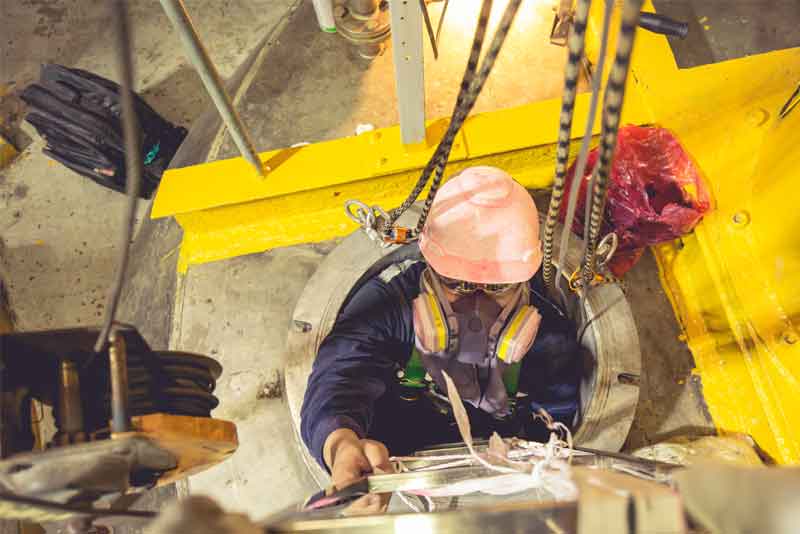An Introduction To Confined Space Entry
An Introduction To Confined Space Entry
July 14, 2022 |
Within any organization, the safety of yourself and your employees is first priority. Regardless of the industry, working in confined areas pose various safety hazards. This is especially true for some workplaces more than others, but it is critical for all companies to be prepared and equipped with a confined space entry rescue plan.
What is Considered a Confined Space?
By definition, a confined space refers to any area with a restricted or limited room for both entry and exit and is not designed for continuous occupancy. Plenty of jobs require employees to enter confined spaces on a regular basis, like those who work in manholes, pits, vaults, hoppers, storage bins, vessels, tanks, and many more. This means that anyone working as a welder, scaffolder, electrician, construction staff, oilfield laborer, pump truck technician, vacuum truck operator, and plenty others need to be equipped with proper safety plans that meet regulatory compliance. Ensuring that those working in confined spaces in your company have the right permits and training may seem like a lot of work, but it saves you from bigger trouble and work in the long run.
The Dangers of Confined Spaces
There are various reasons why working in a confined area can be life-threatening. These spaces typically have little to no airflow, which can result in a reduced oxygen level as well as a high build-up of noxious fumes and dust. Flooding risks are high and can lead to asphyxiation and drowning in the case of an emergency. Fires are not uncommon as well. There are so many unique hazards depending on the type of confined space your employees are working in that need to be addressed for everyone’s health and safety. Having a confined space entry rescue plan is crucial not only to prevent these issues, but also to ensure workers can be easily and efficiently rescued without endangering more lives.
What is Included in a Confined Space Entry Rescue Plan?
When it comes to confined spaces, each area must be evaluated on its own to determine what kind of personal protective equipment (PPE) is required and to confirm whether a place is labeled as a confined space. Firstly, workers need to be trained on how to spot emergencies – narcosis if air monitoring falls or hypoxia, for example. A rescue plan ensures that permit procedures are in place and working, like the equipment that will be used as well as acceptable entry conditions. The most important part is to establish, record, and train individuals involved with the relevant knowledge and expertise.
Why Choose Rescue Solutions?
As the highest-rated and most reviewed company for rescue training and safety in the region, Rescue Solutions is committed to creating a safer environment for your dedicated employees. Companies all over Kentucky have relied on our solutions for over 100 years, so you can rest assured that you won’t only be getting instructions that meet regulatory compliance, but ones with real-world applicability.
If you have any inquiries about our services, don’t hesitate to contact us today at (859) 661-4246.
